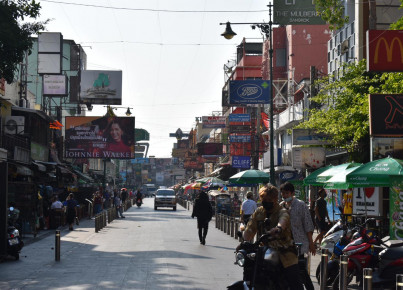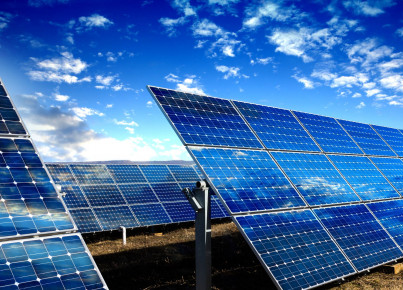Diplomatic acumen and economic choices will determine Thailand's ability to continue its development story
Even in an exceptionally diverse context such as Southeast Asia, Thailand still stands out for several reasons. First, "the Land of the Free" - the actual meaning of Thai Land - is the only ASEAN country which never fell under the colonial yoke of the West. Second, the extraordinary complexity of Thai culture is held in high regard by Western tourists and Asian powers alike. Finally, thanks to a favorable geography and a shared history, Thailand can make a great contribution to bridging the gap between China and India and finding a common ground among the often-squabbling ASEAN countries.
The figures of the economy have certainly contributed to creating the myth of Thai exceptionalism: GDP grew on average by 7.5% per year through the period 1960-1996, making Thailand one of the greatest success stories of international development. A smart policy mix of incentives and investments have persuaded numerous car manufacturers to move their production plants to the country, transforming Bangkok into the "Detroit of Asia". The rapid growth of the average income enabled Thailand to join the middle-high income country club in 2011. A few years later, the government drafted the Thailand 4.0 masterplan, betting on smart cities and the Internet of Things to avoid the "middle income trap".
In fact, over the last two decades, Thailand's GDP slowed down, following the ups and downs of global trade, while the country was facing the return of poverty and a threatening growth of inequalities. The Covid-19 pandemic has exposed the structural weaknesses of the Thai economy and its excessive dependence on external demand. The unexpected yet inevitable shutdowns of national borders, for instance, caused the collapse of the tourism industry, worth about 15% of Thai GDP, putting 2.5 million jobs at risk. The Bank of Thailand has projected an 8.1% decrease of the GDP in 2020: the lowest point after the 1997-1998 Asian financial crisis.
The compounded economic and health crisis found the cabinet of Prayuth Chan-o-cha already confronted with the thousands of Thai students who have taken to the streets since February to protest against the government of the former-general-who-became-Prime-Minister. The protests have been characterized by an explicit criticism of the King Maha Vajiralongkorn, a rather unusual occurrence in a country where those who breach the strict lese-majesty law face up to 15 years of prison. In general, however, the protests are a dramatic manifestation of the enduring tension between the progressive quest of the working classes and the youth and the more conservative stances of the military and political elites.
Thailand enjoys a relatively young population (about 1/3 is under 25 years old), fairly good infrastructure (constantly expanding), and a rather beneficial geographical position, right in the centre of the Beijing-Delhi-Jakarta triangle. Such "Optimal general features,” together with the traditional resilience of the main economic indicators and a few significant socio-economic trends, as the presence of a robust urban middle class, help explain the renewed interest of investors in the Thai market. The recent economic choices of the government, which seems to reflect a changing attitude towards internal consumption and expansionary fiscal policies, may open a new window of opportunity for Italian companies exporting industrial machinery and consumer goods to Thailand.
As a matter of fact, the full recovery of the Thai economy will depend on the ability of the government to leverage the distinctive strengths of the country which Kishore Mahbubani, former Singaporean top diplomat and keen observer of regional affairs, singles out in 'The ASEAN Miracle.' Its unique national sentiment, a mindful use of soft power and well-demonstrated mediation skills will prove essential for Thailand to overcome the difficult economic and social contingency and enable the country to carry on its history of growth and development.
By Francesco Brusaporco






